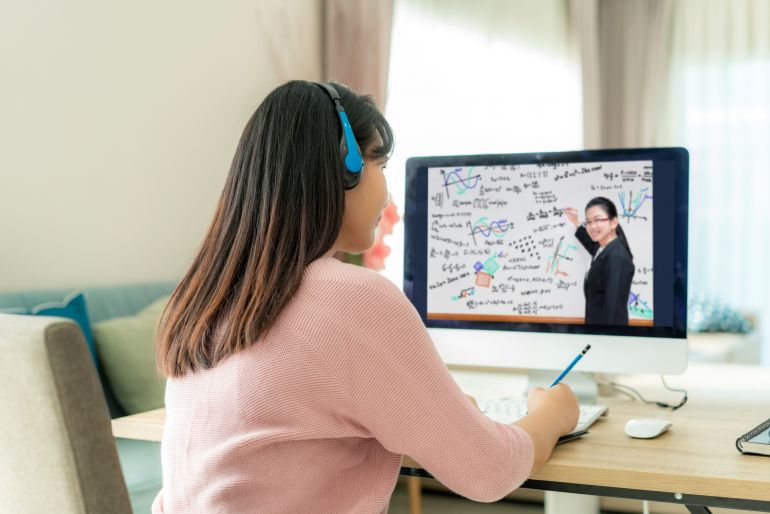Education systems in ASEM countries are currently heavily impacted by the COVID-19 crisis. Using the UNESCO Statistics of worldwide school closures, the AES has calculated that over 990 million students in ASEM partner countries are affected by school and university closures, of which almost 132 million in tertiary education. In many countries around the globe, governments, education institutions, as well as learners and their families are facing unprecedented but similar challenges to guarantee learning continuity without physical access to schools and universities.
In most countries, new distance education modalities had to be introduced and existing online tools and platforms were scaled up. Following the extremely fast evolution of the outbreak and resulting sanitary measures, teachers and educators had to jump on the bandwagon from one day to the next to try and navigate all these booming e-learning and distance education options.
In the interest of developing a community of practice, UNESCO has compiled a repository of distance learning solutions, as well as a repository of national learning platforms and tools, listing educational applications, online platforms and resources to help teachers, students and parents cope with these new unconventional learning settings.
Despite all the efforts to avoid disruption of learning, many pupils and students are suffering from school closures. It is useful to recall that ensuring learning continuity goes beyond simply rolling out distance education solutions. As a matter of fact, the global COVID-19 outbreak has brought the digital gap into sharper focus as most countries rely on internet and online resources to provide home schooling. Equity in access to ICT-based learning has, therefore, become a major concern and is considered as the main hurdle to overcome by many countries.
Existing disparities, often linked to the socio-economic background of pupils and students, have been exacerbated by the current crisis. As a result, specific targeted efforts are needed to engage vulnerable and marginalised groups in distance and online education.
For more information about possible avenues to explore to guarantee greater equity during the coronavirus school closures, please read this interesting article written by the UNESCO World Education Blog. The AES will also collect and publish on this website best practices related to the promotion of equity in access to online and distance education.
Should you wish to contribute and share good practices from your own country or institution, please read this article.
